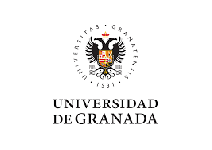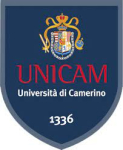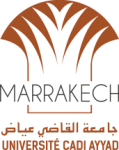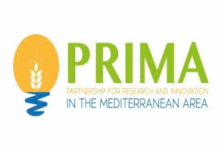ABOUT US
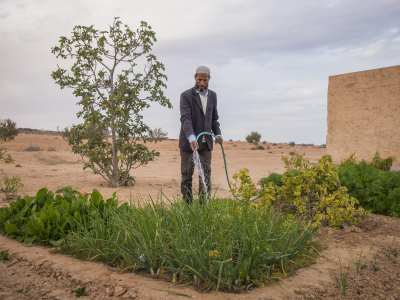
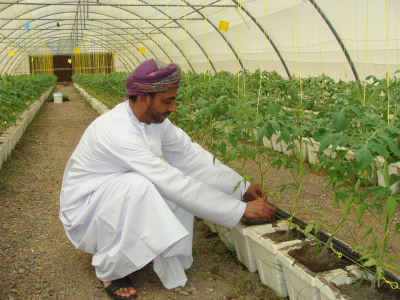
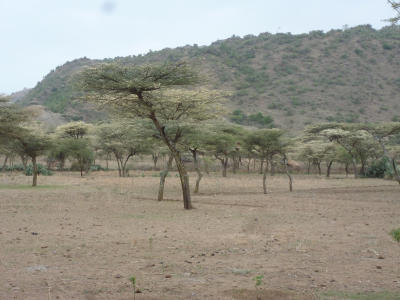
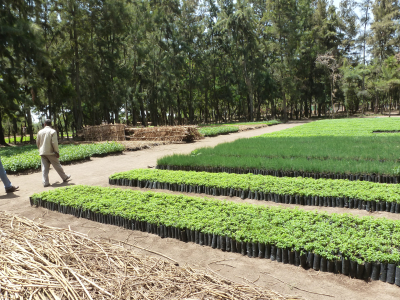
The large part of fresh products in the UE are produced in Mediterranean countries due to their favourable climatology. Many of these products, classified as climacteric (e.g., tomatoes, avocados, pears and apples) present a continuous postharvest ripening, that occurs evolving respiration gases and the production of Volatile Organic Compounds - VOCs like ethylene that work as a natural ripening hormone that leads to undesirable and progressive ripening and senescence during the storage / transportation steps. Multiple strategies have been developed to control ethylene production and/or removal in order to slow down maturation and extend the shelf life of climacteric fruits and vegetables. In this project the photooxidation of ethylene using solar radiation will be carried out saving energy and avoiding additional emissions of CO2 or other pollutants. For that, different research group with large experience in the preparation of different types of nanomaterials (zeolites, carbons, MOFs) and their applications (adsorbents, catalysts, antibacterial/antifungic) will coordinate their efforts trying to optimize filters and reactors able to be integrated in the recirculation circuit of refrigeration chambers for the storage / transport of perishable fruits. These new nanomaterials will be prepared by advanced techniques of synthesis and specifically designed routes in order to improve the required characteristics (high adsorption capacity, reversible adsorption, photoactivity under solar light and antibacterial performance), but also integrating different types of agricultural residues in the synthesis of these nanomaterials, thus avoiding the accumulation of wastes and improving the circular economy of the agri-food chain. It should be possible for most produce to use a technology that provides the required postharvest life at a reduced cost, and with some reduction in greenhouse gas emissions.






